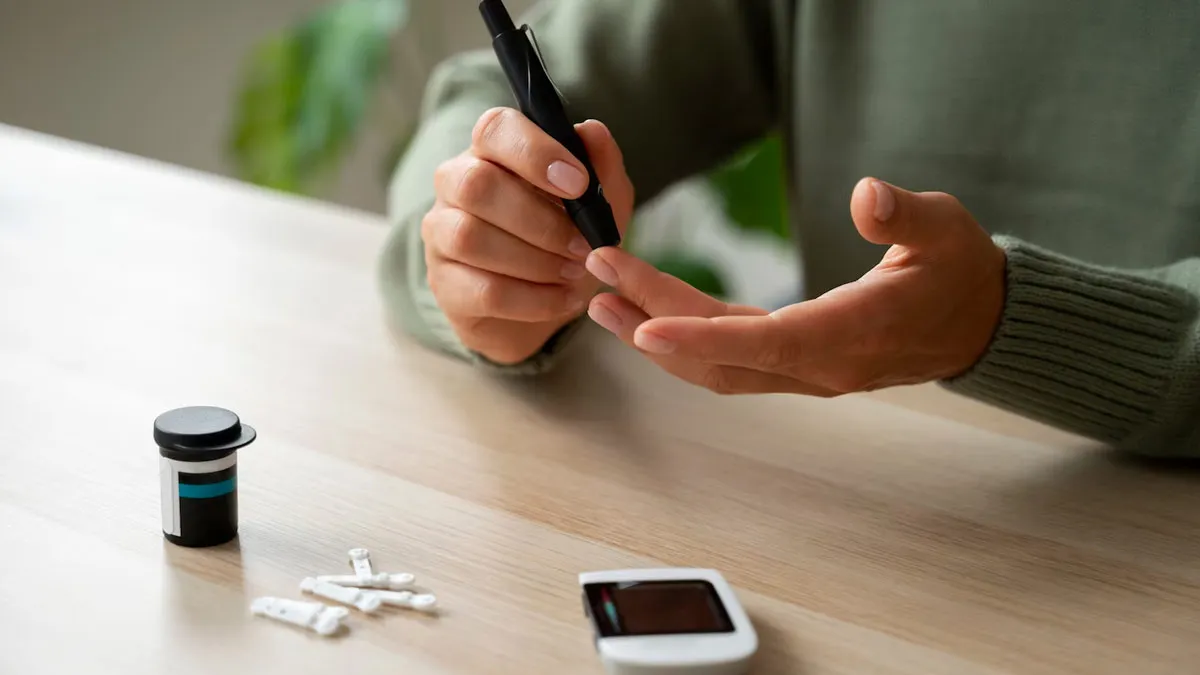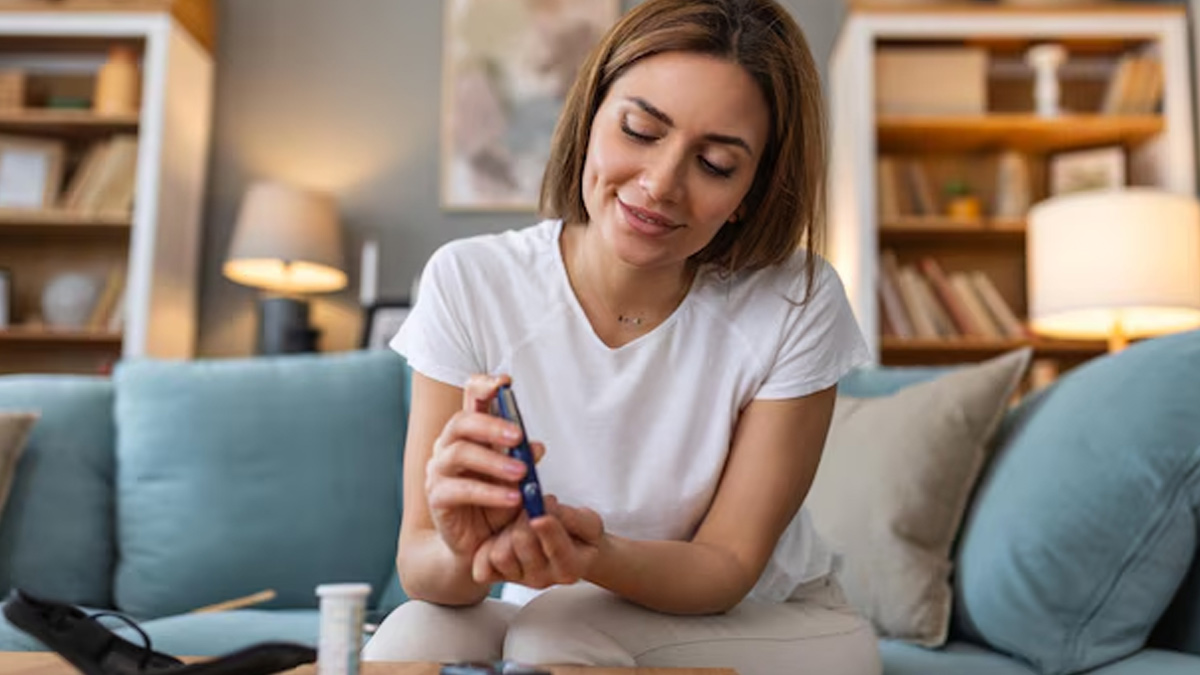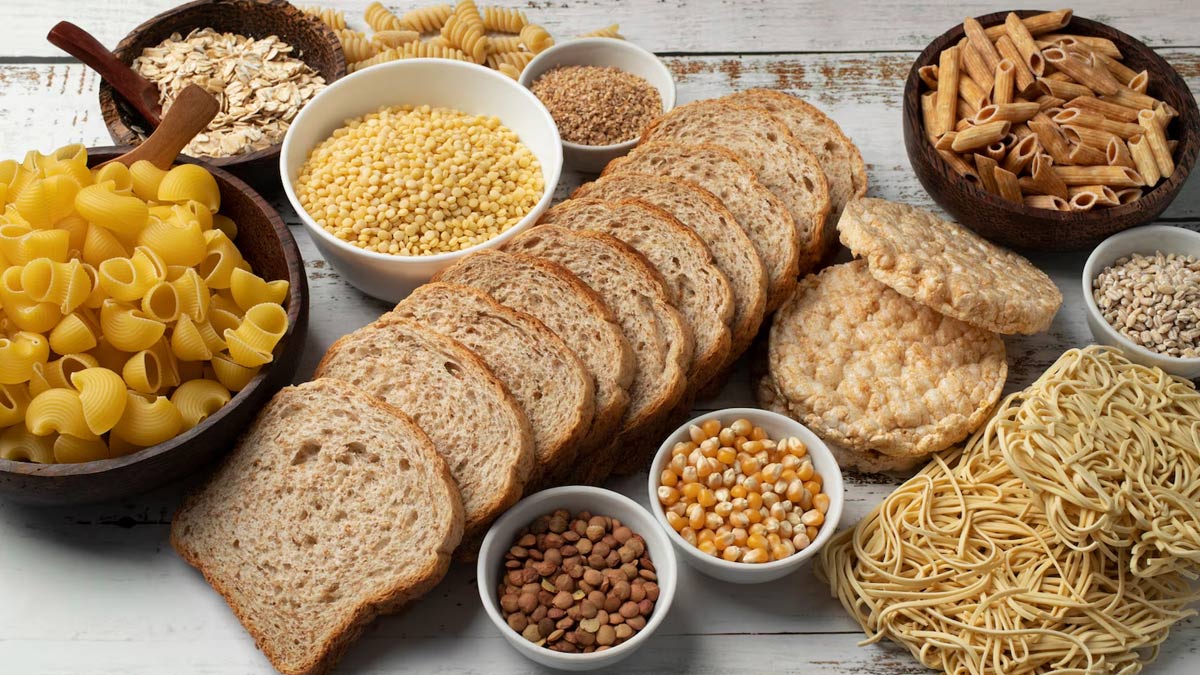
Living with diabetes means constantly keeping an eye on your blood sugar levels. While high blood sugar (hyperglycaemia) often gets a lot of attention, low blood sugar (hypoglycaemia) can be just as dangerous and sometimes even more sudden. For people with diabetes, knowing what to do in such situations is lifesaving. One effective strategy that doctors recommend is the 10-10-10 rule, a simple method to recover from a low blood sugar event safely.
Table of Content:-
We spoke to Dr Mahesh D M, Consultant - Endocrinology, Aster CMI Hospital, Bengaluru, who explained how this rule works, when to use it, and what precautions you should keep in mind.
Also Read: Diabetes vs. Hyperglycemia: What’s The Real Difference? Expert Explains
What Is the 10-10-10 Rule?

"The 10-10-10 rule is a simple, structured way to manage a low blood sugar event, especially for people with diabetes," says Dr Mahesh. Here’s how it works:
Consume 10 grams of fast-acting carbohydrates: This could be glucose tablets, fruit juice, regular soda, or a spoonful of sugar.
Wait for 10 minutes: Give your body time to absorb the glucose and bring your blood sugar levels back up.
Check your blood sugar again: If it’s still low, repeat the process.
Follow up with a snack or meal: Once your blood sugar stabilises, eat a small snack within about 10 minutes to prevent another dip.
When Is the 10-10-10 Rule Most Effective?

According to Dr Mahesh, this rule is designed for low blood sugar events, also known as hypoglycaemia, not high blood sugar, or hyperglycaemia. Hypoglycaemia often causes symptoms like shakiness, sweating, dizziness, or confusion. At this stage, your body needs a quick supply of glucose.
The 10-10-10 rule offers a measured and safe approach; you act quickly but avoid eating too much sugar, which can cause your blood sugar to spike dangerously high.
"For high blood sugar (hyperglycemia), this rule isn’t appropriate; in that case, the focus is on reducing sugar levels gradually through hydration, insulin (if prescribed), and medical guidance. So, the 10-10-10 rule is essentially a rescue plan for low blood sugar emergencies," Dr Mahesh shares.
Is It an Emergency Intervention or Routine Strategy?
Dr Mahesh explains that the 10-10-10 rule is an emergency tool, not a daily management method. It’s meant for urgent situations when blood sugar dips to unsafe levels. Routine diabetes management still relies on:
- Eating balanced meals
- Regular monitoring
- Taking prescribed medications or insulin
- Preventing sudden sugar drops through lifestyle adjustments
Risks And Limitations

While effective, the 10-10-10 rule is not suitable for everyone. Dr Mahesh cautions about a few limitations:
- Some people may need more than 10 grams of carbs to recover from hypoglycaemia.
- Delaying treatment with small doses can prolong symptoms in severe cases.
- If the root cause of the low sugar (like missed meals or excess insulin) isn’t corrected, the problem may return.
- In cases of severe hypoglycaemia with unconsciousness or seizures, this rule won’t help; emergency medical care is required.
That’s why it’s crucial to personalise your approach under a doctor’s guidance.
A Final Word
The 10-10-10 rule is a practical and safe way to manage sudden dips in blood sugar for people with diabetes. By taking small, measured doses of carbohydrates and rechecking frequently, you can bring your sugar levels back to normal without overshooting. However, this method should be used as an emergency strategy and always in consultation with your doctor to make sure it suits your individual needs.
Staying prepared, carrying quick sources of glucose, and following your diabetes management plan can help you handle hypoglycaemia calmly and safely.
Also watch this video
How we keep this article up to date:
We work with experts and keep a close eye on the latest in health and wellness. Whenever there is a new research or helpful information, we update our articles with accurate and useful advice.
Current Version